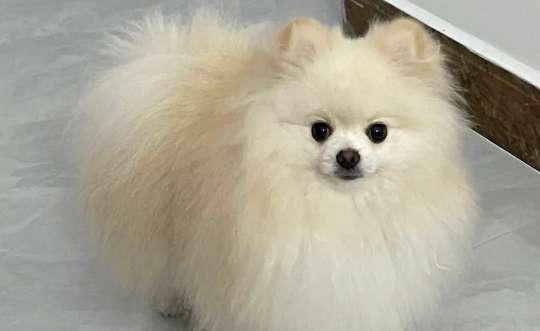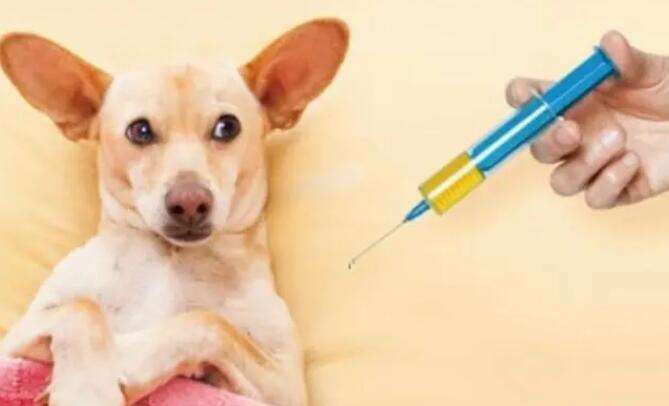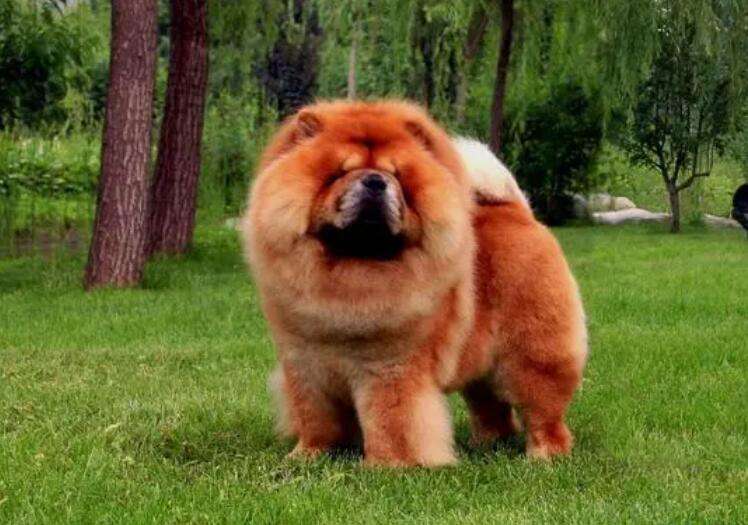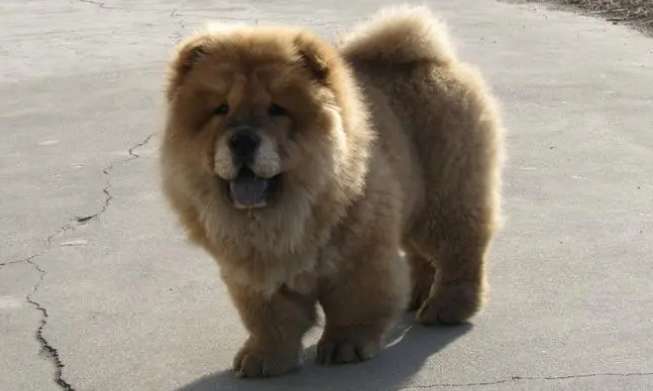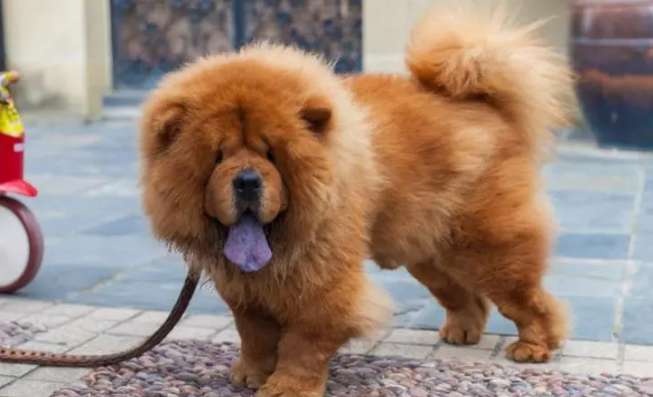A sexual activity phenomenon that occurs when a female dog develops to a certain age is called estrus. Dogs are not seasonal breeding animals, but come into heat after a certain interval (8 months on average). Different breeds, different geographical locations and environments have different times of estrus for dogs. Normal dogs go into estrus twice a year. Most female dogs go into estrus once in spring from March to May, and can go into estrus again in autumn from September to November. If you fail to conceive during a breeding season, you will have to wait until the next estrus before mating. Therefore, it is necessary to grasp the characteristics of female dogs in estrus and carry out timely and correct breeding, otherwise the breeding of puppies will be delayed.
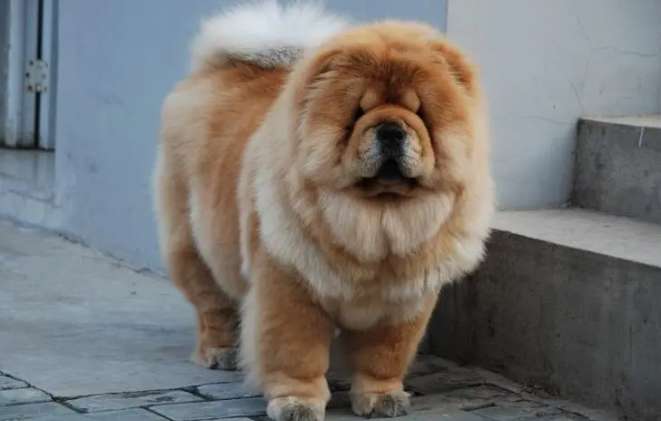
Estrus symptoms
The female dog is in estrus During the period, some changes will occur in its body and surface. Based on these characteristic changes (estrus signs), it can be determined whether it is in estrus and the timing of breeding is determined.
The main manifestations of these changes are: behavioral changes, increased excitability, increased activity, irritability, loud barking, and bright eyes; vulva swelling, flushing, and red mucus with blood; decreased appetite, Frequent urination, raised tail and arched back, likes to be close to male dogs, often climbs over other dogs, etc. Each estrus lasts about 6 to 14 days, and a few can last up to 21 days. Dogs are monoestrous animals, which only go into estrus once in a breeding season and will not go into estrus repeatedly. Therefore, if there is no mating during this estrus period or if there is no conception despite mating, the ovaries are in a quiescent state and must wait until the next breeding season to mate again.
Estrus cycle
The time between two estruses of a female dog is often affected by the age, physique, climate, feeding and other factors of the female dog. Usually the period from the first estrus to the next estrus is called the estrus cycle.
During the estrous cycle, under the influence of nerves and hormones, a series of complex changes occur in the female dog’s overall state and reproductive organs, which can be divided into the following four stages.
1. Proestrus is the preparation stage for estrus, lasting 7 to 10 days. The reproductive system begins to prepare for ovulation, the egg is close to maturity, the reproductive tract epithelium begins to proliferate, gland activity begins to intensify, secretions increase, the vulva is congested, swollen, flushed, moist, and mucus mixed with blood flows out. Male dogs often come after smelling it, but female dogs are not allowed to mate.
2. Estrus is the period when the signs of estrus are most obvious and the animals are receptive to mating, lasting 6 to 14 days. The vulva continues to swell and become softer, the mucus discharged becomes lighter in color, and the bleeding decreases or stops. The female dog takes the initiative to approach the male dog and takes the initiative when the male dog climbs over.The waist is lowered, the buttocks are facing the male dog, the tail is tilted to one side, the vulva is open and closed, and mating is allowed. 2 to 3 days after estrus, the female dog begins to ovulate, which is the best time for breeding.
3. In the late stage of estrus, the swelling of the vulva subsides and gradually returns to normal. The temperament becomes quiet and male dogs are not allowed to approach. It usually lasts for 2 months and then enters the anestrus period. If you are pregnant, the period after estrus is the pregnancy period.

4. Factors affecting the estrus cycle and estrus
The length of the estrus cycle and the normality of estrus are affected by internal and external factors. The internal factors are mainly the own nerve and endocrine regulation, while the external factors are multifaceted, such as season, feeding, temperature, etc. In fact, after people have domesticated domestic dogs, they have lost their breeding seasonality. Only a few breeds (such as the Greenland dog in North America) are still affected by the seasons. This seasonal effect is mainly caused by factors such as temperature. Nutritional deficiencies may cause anestrus or abnormal estrus, which may be caused by a disorder in the release of pituitary gonadotropins or a lack of ovarian response to pituitary gonadotropins. Normal endocrine is the basic condition to promote normal estrus in female dogs. The imbalance of endocrine dynamic balance will inevitably lead to reproductive disorders. Such as false pregnancy due to the presence of corpus luteum.
The estrus of male dogs is irregular. During the breeding season when female dogs are in concentrated estrus, the testicles enter a functionally active state. When approaching a female dog in estrus, smelling the special smell of estrus can cause excitement. , complete mating.
